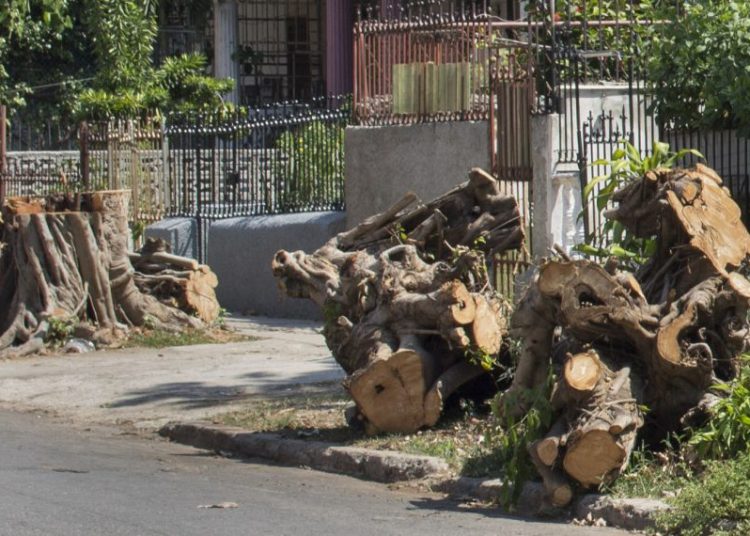For some time now, complaints about the incorrect management of urban trees in Cuba have been frequent in the networks, especially in areas of the country’s capital, setting off alarms in various state media, where texts have been published and television programs have been dedicated to reporting, basically, about the current actions of the institutions in charge of cutting down and pruning trees in the city.
Several of the complaints from citizens are concentrated in public groups on Facebook, created from the growing demands of Internet users about the apparently excessive felling and pruning of trees, especially in the municipality of Plaza de la Revolución.
According to statements by the authorities in charge of these activities, these actions are normal at this time of year, prior to the hurricane season that is approaching as of June 1, although another group of specialists in environmental issues point out that such actions should not be undertaken at this time of year, as it affects many species.
They also specify that the increase in these activities responds to accumulated statements by the population, afflicted with the trees’ adverse consequences where they live.
More than a hundred complaints (many of these in areas of El Vedado) have been collected in the last two months by the Habana Verde Facebook group, one of the most active where the population is also encouraged to take care of the forest heritage of the city, as well as educating people on environmental issues related to urban landscaping and its benefits for society.
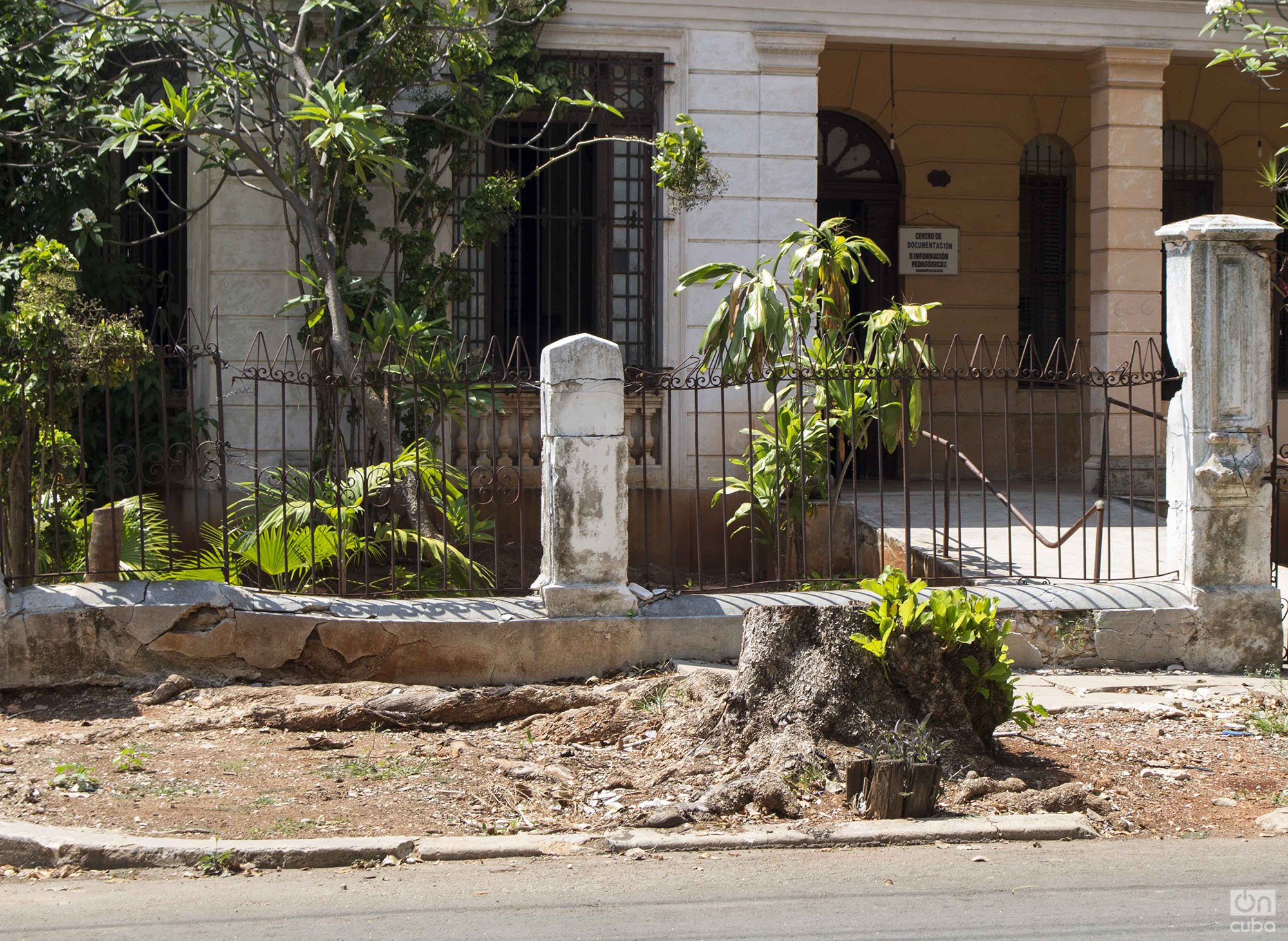
“The idea is to make the problem visible and draw attention to it both from citizens and from the competent authorities. It is essential to educate the population and raise awareness about the importance of urban trees for life in cities, beyond the conflicts that they could bring to certain structures in the city,” says Alexandra Lleonart, one of the group’s administrators and creator of the initiative.
This problem is not new, although now it has greater visibility, as Liliana Núñez, president of the Antonio Núñez Jiménez Nature and Man Foundation (FANJ), told us: “This felling is an old and accumulated problem that fortunately many people are seeing and it is necessary to take advantage of it to find a solution. In this the population has a lot to contribute.”
For his part, adds botanist Roberto Pérez Rivero, who works together with the FANJ, “in the midst of an extreme need to plant thousands of trees in the capital, which Proarbolado tried to promote for the city’s 500th Anniversary, what people see are more acts of felling, vandalism and destructive pruning, which added to the warnings of the specialists has led to the discontent and the protest by those who love trees and understand their multiple benefits.”
The good news is that the population’s interest in avoiding these evils has attracted the attention of the country’s government, judging by the spaces that have been dedicated in various media to the issue of trees.
However, the measures or actions that will be carried out to stop the indiscriminate and poorly executed felling and pruning by the corresponding authorities, who recognize the wrong actions in these tasks, are still to be seen. Antonio Guzmán Torres, head of the Department of Development, Forest Management, Protected Areas and Wildlife of the Ministry of Agriculture (MINAG), acknowledged on the Mesa Redonda television space that “unfortunately no progress has been made in rectifying the value of fines and violations against trees.”
“Felling in the urban environment is prohibited and exceptionally authorized when there is a need to replace these trees when they are sick, damaged, or that due to the life cycle of the tree it is necessary to replace it,” said the director of the program.
Alexander Zorrilla, provincial director of Green Areas of Havana, pointed out in a text published in Cubadebate that from December 2020 to May around 900 trees have been cut down in Havana, a number that should double this year, judging by the accumulated statements of the population due to different affectations, explains the official.
In a report published in the Libre Acceso program on May 5, the entity’s executive in the province said that the person requesting the forest guide is in charge of reforesting the affected environment, an action that must be carried out in conjunction with the entities that manage forest heritage in the city.
In recent days much has been said about the role of citizens in denouncing bad felling or pruning actions, however the felling of trees in urban areas should be avoided, because for each eradicated species, another five must be planted, an action that is not possible at this time. The solution to the problems cannot always remain in the hands of the citizens, no matter how much they want to amend these problems.
Proarbolado, the roots of the forest heritage
In 2017, the Antonio Núñez Jiménez Nature and Man Foundation received a call from a group of specialists from various sectors and institutions, mainly from the UNAICC Landscaping Commission, to find a common point in solving the situation with the city’s trees, applying the work philosophy that they have used for years: looking for sustainable environmental solutions and options to solve certain problems, based on methodologies from technical knowledge that help in environmental solutions, which in turn derive in suggestions that are made to certain departments in the country, the director of the Foundation explained to OnCuba.
“The main thing was to establish a series of objectives to we had to meet and in each monthly meeting to check the tasks that we were promoting among us. In the case of Havana’s trees, we had to ask for help and approach several groups of specialists because it is an issue that we do not deal with regularly in the FANJ, although it had always felt sensitized to this problem, but that technical knowledge was lacking and the moment arrived when the Landscaping Commission approached the FANJ, knowing our work methodology,” said Liliana Núñez.
“The main problem that we determined from the first year of meetings was the diversity of actors, none responsible for the complete and comprehensive management throughout the life of that tree, hence the fundamental proposal continues to be the need for the Cuban government to make the decision given the context of clearly designating and empowering a single entity to be in charge of the integral coordination of urban trees,” the specialist specifies, a problem that still hasn’t been solved to date, with about thirty entities that influence decisions to a greater or lesser extent regarding the city’s trees.
It is more feasible to empower an existing entity, Liliana tells us, to regulate the rest of the government actors that affect the tree system: ETECSA telephone enterprise, the Electricity Conglomerate, Aguas de La Habana water enterprise, among others and “that the network of the urban trees as one more technical network, with everything it involves, be included: training, financing, management, regulations and others,” she said.
Roberto Pérez Rivero, a specialist in botany who works on the initiative with the FANJ, comments that among the achievements of ProArbolado in this short period of time is “putting the issue in public opinion, achieving the awareness that we have today; working together with MINAG in the inclusion of urban trees within the new Cuban Forest Policy, currently in process; defining in a small brochure what we call the 20 happy species for urban trees, where we summon many specialists to propose the appropriate species for what is needed in the city, according to whether they are for tree-lined roads and if they are under electricity cables, their geographical location with respect to the sea, that they be local as much as possible, that they can be well replaced, that they are not poisonous or thorny invaders, that their roots do not harm.”
This document, Listado feliz para arbolado viario en Cuba (Happy List for road trees in Cuba), includes a score of species with all the necessary characteristics to implement in each area according to its specificities, a list that can be adapted and other trees be incorporated, according to the needs of the place, a fundamental guide for reforestation in cities.
Other achievements of the project are “exploring possible locations for urban nurseries in strategic places in the city, defining their needs and working on finding the appropriate methodologies for the city’s forest inventory. Different structures have also been proposed for an authority with clear jurisdiction in the management of the tree network and the current legal framework has been analyzed,” Pérez Rivero tells us.
The creation of the horticulture school in the Botanical Garden, the rescue of the Monte Barreto Park, an experience that remains active even in times of pandemic, as well as the work in nurseries at Quinta de los Molinos and the National Botanical Garden, are other positive actions that ProArbolado has implemented in recent years.
“And at the same time we have been doing specific actions for years both in emblematic Urban Greens such as the Metropolitan Park, Monte Barreto so threatened and in smaller points with the entire Permaculture movement that we promote throughout the country,” Núñez pointed out.
“A pending issue,” the director of the Foundation points out, “would be to have an urban tree management plan for each municipality and therefore for the city; we have rules for tree management so we wouldn’t have to start from scratch, but the cities (of the country) do not have a specific plan. None of this is completely effective if there is no entity that is fully aware of the urban trees.”
“Nothing is done with large financing, an empowered entity and with good technicians if there is not a conscientious population that is part of the solution, just as we do nothing with a highly sensitized population without entities that do not have effective and viable power and articulation. This is a theme that works like a loom, if a thread falls apart, all the work falls apart, there has to be a lot of harmony, mechanism and love to understand who is next to you doing the work and each function,” affirmed Núñez.
Everyone’s land, no man’s land
Law 85 (Forestry Law), of July 21, 1998 and Resolution 330-99 of September 7, 1999 establishes: “The Ministry of Agriculture is in charge of directing, executing in what is its competence and controlling the policy of the State and the Government in terms of the protection, increase and sustainable development of the resources of the forest heritage and the activities of collection, benefit and forest industry,” an institution that, together with the State Forest Service, has legal ownership over the trees in and out of the city.
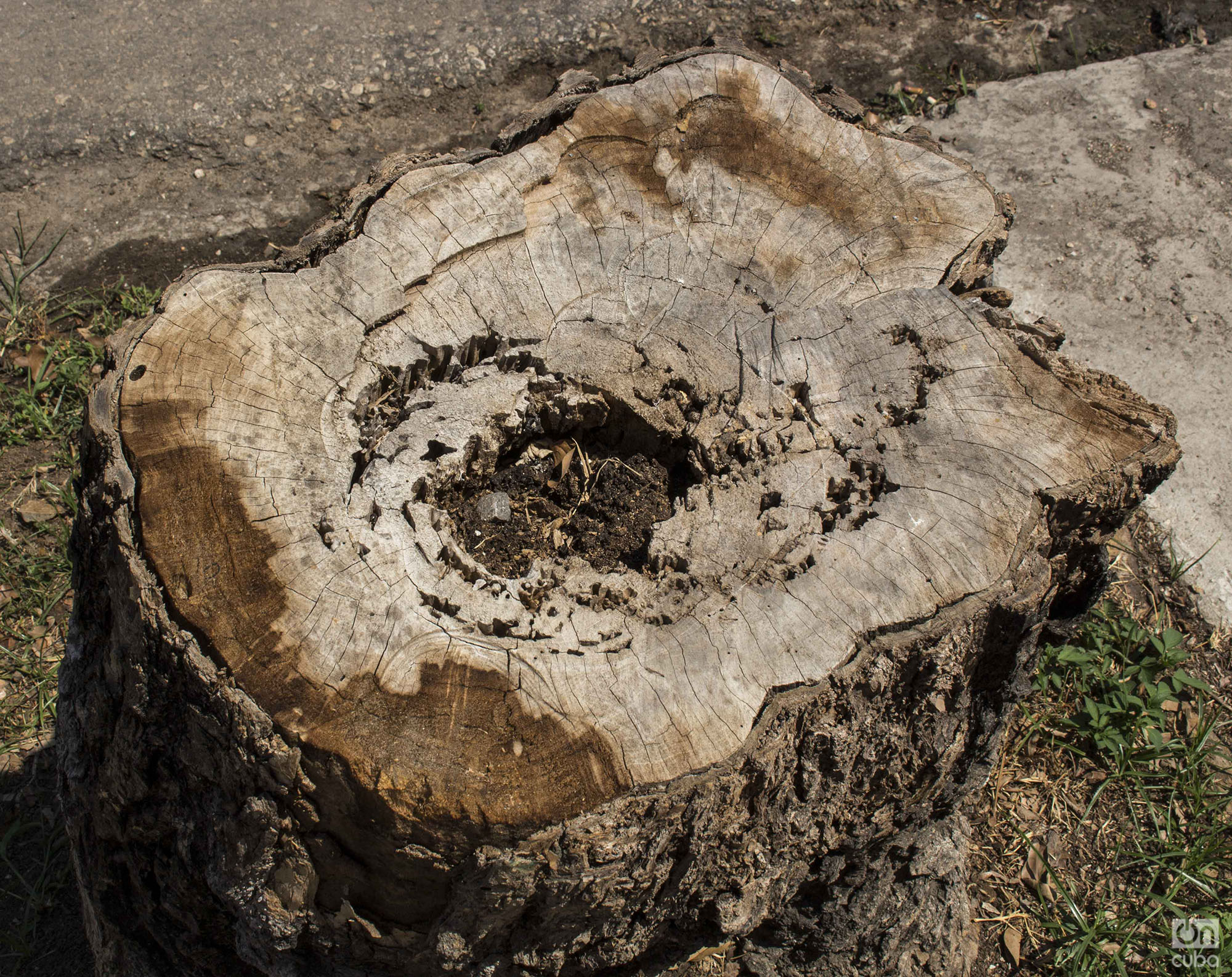
In the text La problemática del diseño con árboles en vías urbanas: verde con pespuntes negros, the architects and specialists in landscape architecture Dr. Larisa Castillo Rodríguez and Sergio Ferro Cisneros, Doctor in Technical Sciences, point out that “the tasks carried out by said institution in urban areas are limited, in most cases, to procedures for regulations and felling and pruning permits.” According to research carried out by the authors, “there is no law in the country that regulates what is planted, therefore, a person can request related pruning or felling services, completing the necessary permits with the Ministry of Agriculture and the State Forest Service departments that are in charge, but to plant any species on a public road you do not need a request or approval from any authority.”
And they specify that: “In this sense, it is currently possible not only to verify the progressive deterioration of tree-lined streets but also a number of interventions, associated with state and private initiatives, which disqualify the road landscape and show a lack of knowledge of its component elements’ possible values and articulations,” an evil that continues to this day.
At present, in the words of botanist Pérez Rivero of the FANJ, “the urban trees of Havana, especially along the roads, are in a situation of alarming deterioration, due to accumulated impacts of many years and multifactorial causes, among which we can mention the selection of inappropriate species when most of them were planted and at the time of reforestation; extreme weather events, lack of maintenance, aggressive and inadequate pruning, some people’s mistreatment of trees, lack of a clear jurisdiction over urban trees, the almost absent strategy of clearing and replacement, the lack of the necessary equipment, of specialized nurseries that produce the little trees of the appropriate species that are needed, the low preparation and training of the pruners, the extension of the unhappy idea that an urban tree is separated from the rest of the forest heritage (tree outside the forest).”
“What’s most important to stop the deterioration now is to plant more than what is cut, therefore the activities of nursery, stump removal and repair of flower beds and tree pits is essential to create the conditions in which these new seedlings of the right species thrive and complete the vacant areas. The deterioration will continue to increase if we continue to decide to cut down and remove (even if they are inadequate or sick) without being able to replace the empty spaces,” the specialist commented to OnCuba.
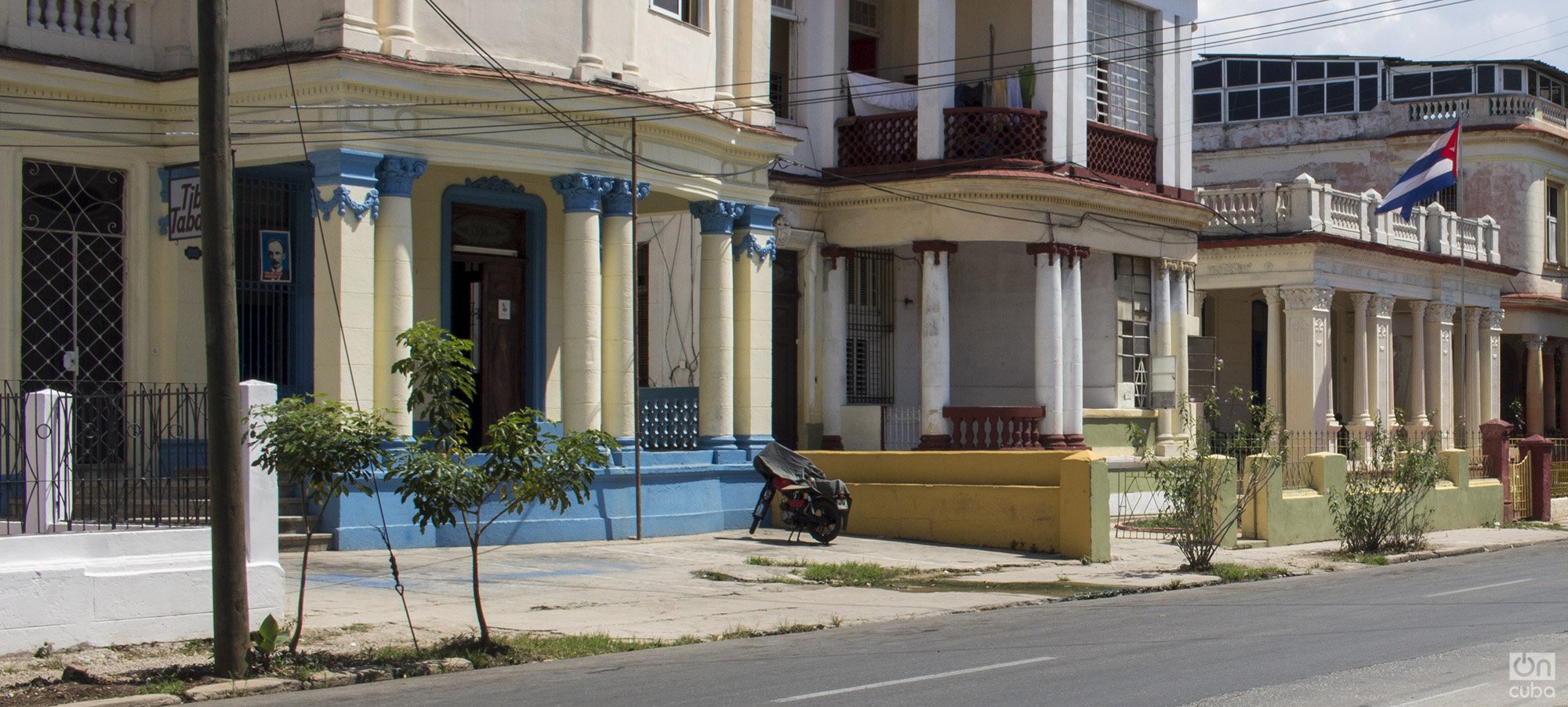
From the citizen’s point of view, Alexandra Lleonart tells us that “many see trees as a hindrance, something that bothers the city, however, we must find another solution that is not to fell the trees and understand that these are not a problem, but part of the solution.”
Oscar Labrador Llanes, national director of the Forest, Flora and Wildlife Department of the Ministry of Agriculture, in statements to the state press, pointed out that in 2020 alone 1,026 forest guides were issued in response to requests from the population, of which 529 were executed due to the lack of the necessary resources,” a figure that, added to the felling of more than 900 trees from December to date, constitutes about 1,500 trees to be reforested. According to current law, about 75,000 should be planted.
Just in Havana there are around 750,000 trees, of which more than 250,000 must be replaced, explained Alexander Zorrilla, provincial director of Green Areas of Havana, in the Cubadebate text published this week, although the causes that led to the felling of that many trees in the city, except for a few specific examples, are not clarified.
The text by Larisa Castillo and Sergio Ferro points out that “official data on the physical and technical state of the road trees in the capital are unknown. In documents issued by different institutions related to the issue, contradictions were found in terms of quantity, plant health status and affectation in spaces of this type.”
“Unfortunately, a detailed census has not been carried out so far in Cuban cities to characterize and diagnose the current situation of urban greens for possible intervention proposals,” said a report by the specialists in 2015, a situation that continues to this day.
“If there are around 250,000 trees in the city that represent a problem, that amount cannot be felled without carrying out a planting process, it must be something gradual in order to replace them and of course that these new trees are adequate and comply with the regulations for the place where they are planted,” said Lleonart, who keeps abreast of Internet users’ reports through the Habana Verde platform, an effective citizen action mechanism for this type of situation.
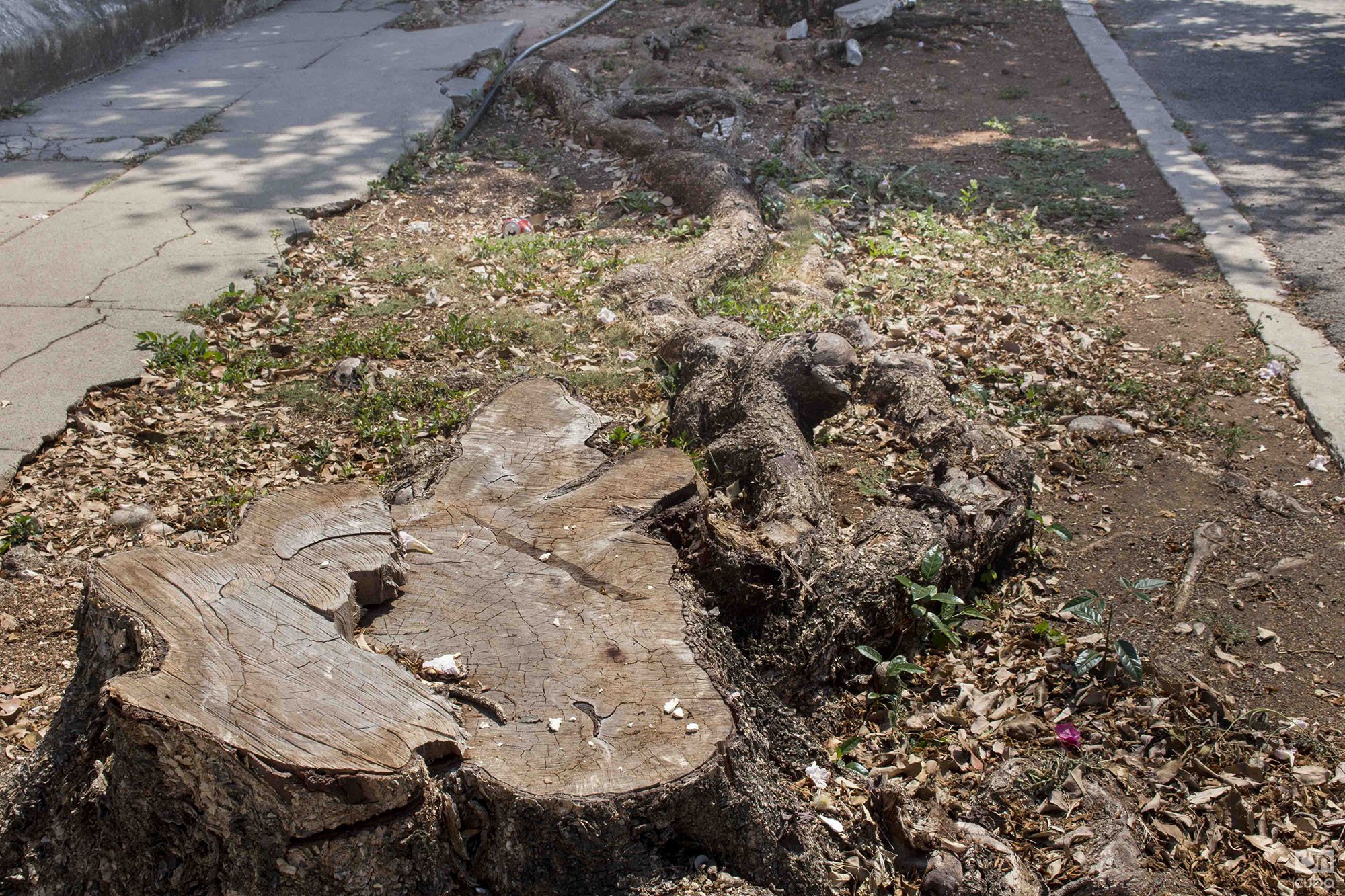
“There is a combination of three fundamental work processes that must work together,” Pérez Rivero tells us: “having a good legal framework and enforcing the laws and their sanctions, which works in the short term, investing the resources that can be obtained in training and equipment to restore the network, which can be achieved in the medium term, depending on availability and education, which is a process that bears fruit a few years later.”
“You can’t pin the blame on single culprit, there are many and ultimately we are all guilty, but I do not want the bad energy to burden us and not let us see the alliances that we can make now because we must all be part of the complex mechanism to enforce the laws, and create the bases of training, revitalization, cultivation and design, search for funds and citizen support,” affirms the president of the FANJ.
Reaping what is sowed
Although what is most visible at this time are really bad actions, much has been done to reverse this unfavorable situation of the trees in the island’s cities.
Liliana Núñez tells us from the FANJ that there is “knowledge of financial support in a joint project between the Havana Forestry Enterprise and the Cuban Association of Agricultural and Forestry Technicians (ACTAF), who achieved a fund with the Basque Country, to work in a people’s council in Plaza de la Revolución,” a specific action that will help revitalize the trees in this heritage area of the city.
“Unfortunately, bad practices are negative values of an entrenched culture that must be changed and this takes a lot of work, time and effort. But we must not be negative, because there are also many people who defend the trees, who have been very upset with recent events, want to participate in reforestation and are ready to help,” said botanical specialist Pérez Rivero.
In this regard, Alexandra Lleonart confirms that from Habana Verde “we are calling for a campaign that we call Cuba Verde, a citizen initiative where people seek plants in their locality to plant a tree in a suitable area where they can attend to it. We also promote the creation of micro-nurseries where seeds can be sown or have small plants until they grow to the appropriate height and give more possibilities for that tree to develop.”
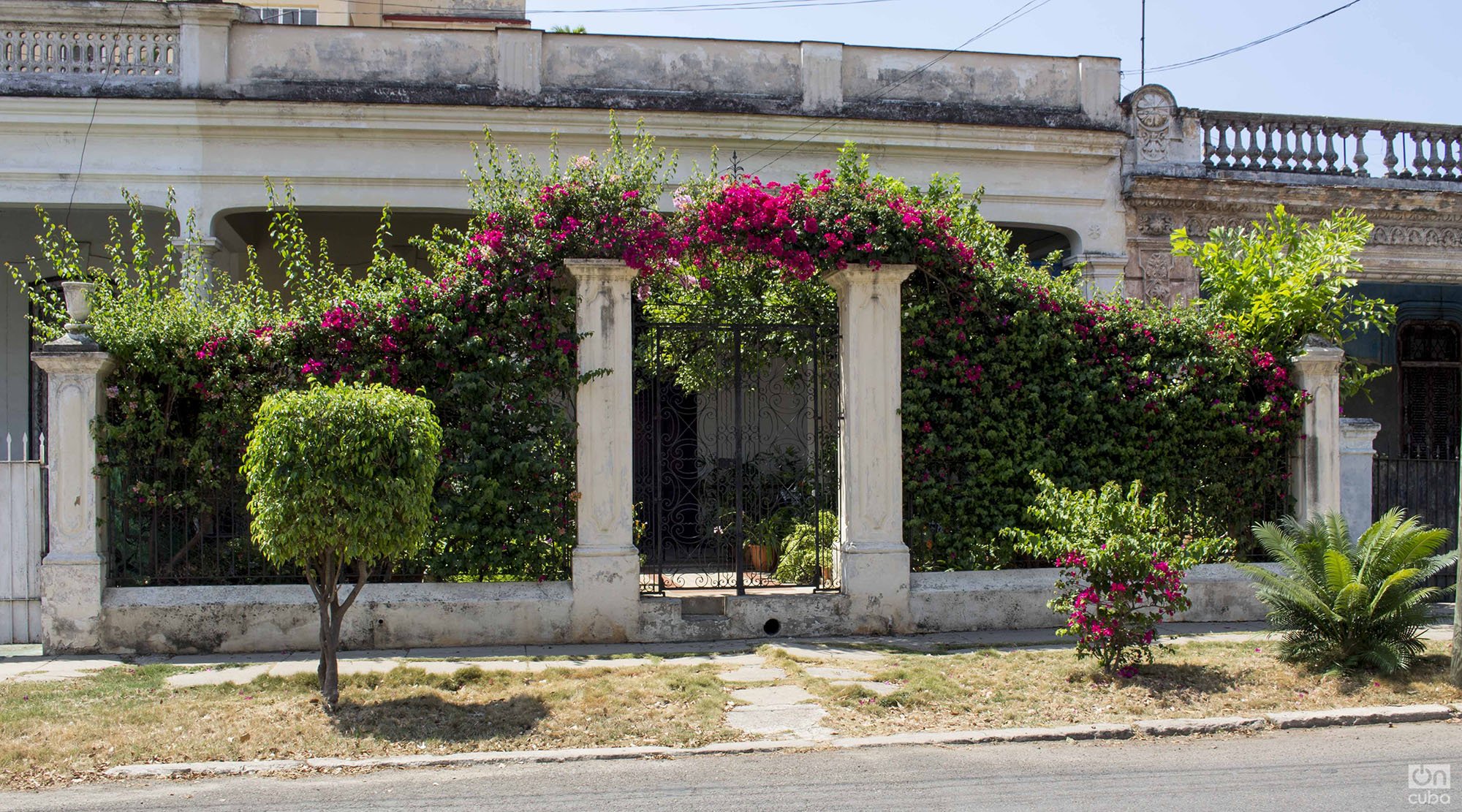
In turn, “we received the good news of the interest on the part of the authorities to promote this citizen participation, with a similar campaign called for June 5 from the Committees for the Defense of the Revolution. We are waiting because they tell us that seedlings will be provided to citizens from selected nurseries and we believe that it is a great step forward for what we seek.”
“I want to be optimistic, I work so that the young generations can think and act differently tomorrow; but for that, we need to act here and now in these three dimensions. In our climate, if we let them, the trees grow fast,” said Rivero.
On the part of the government, according to what the provincial director of Green Areas of Havana commented in the Libre Acceso program on May 5, the conditions have been created to see an improvement in the issue of reforestation starting this year and as part of the immediate actions he indicated the removal of tree stumps, a vital action to start the planting of new seedlings.
In addition, “we have been working for two years on a nursery in the forestry enterprise where there is a level of species, mainly Cuban, which are the ones that we are going to implement this year. Our program includes working on the area of Línea to the Malecón, as part of the Tarea Vida project with the planting of around 500 trees,” commented the official in the television space.
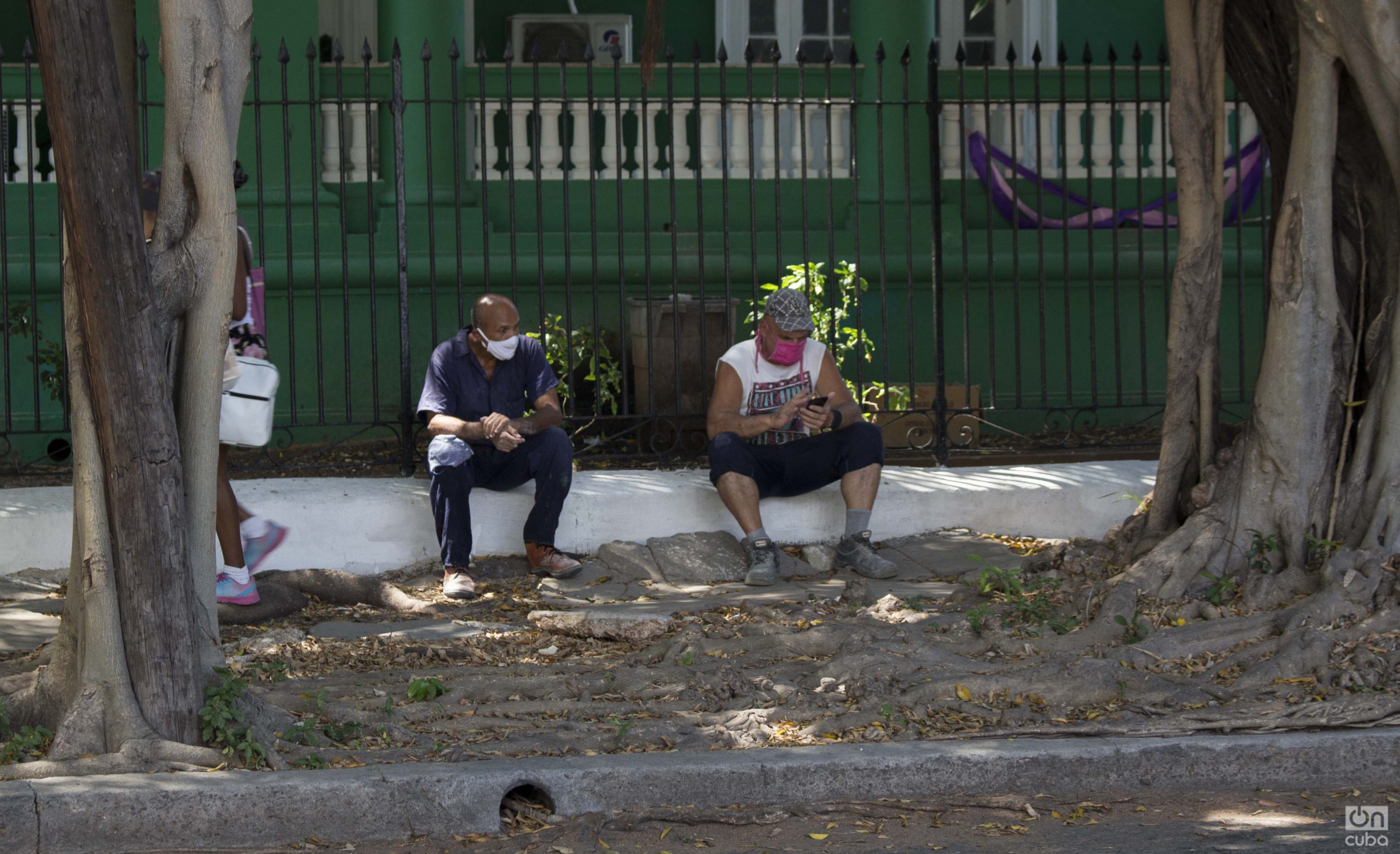
The population’s education and work from the community is very important, “it is very important to be vigilant with vandals and those who hate trees to publicly denounce this disorder, try to stop any pruning by asking to see the forest guide and understanding what the happy species are, that it is necessary to plant small trees and not seedlings and at the right time of year,” are some of Pérez Rivero’s clarifications.
“Education, in that sense, is fundamental, because in the end it is what preserves the restoration effort. In many of the people who live in Havana, there is frequently an absence of a sense of belonging and a pernicious tendency to ‘take over’ and freely dispose of a tree that, although it is in front of their house, is not ‘theirs,’ it belongs to everyone and its management is guided by laws,” the specialist clarified.
At the time, in the text La problemática del diseño con árboles en vías urbanas: verde con pespuntes negros, he pointed out that “the analyzes carried out on the different causal factors of the deterioration and de-qualification of the streets with arboreal presence reveal the existence of a sensitive ignorance of the main attributes of road spaces and vegetation as a component element, as well as the important role of appropriation, assimilation and perception of the population in this system,” an action that has changed (for the better) over time .
“From the community we can do a lot. Doing in our space what we want to see in the city and the rest of the country, would be a great contribution in a matter so complex and of such magnitude, which must be addressed directly by the government, since citizens do not have all the necessary tools to carry out such a complex issue,” Lleonart explained.
Hence, it is vital to educate the population on these issues, beyond the fact that the first training corresponds to those who carry out these tasks, although the technical and regulatory documents are in the hands of the relevant authorities, there is a lack of seriousness and awareness in the work being carried out.
In the words of the president of the Antonio Núñez Jiménez Foundation, “the environmental culture that we can achieve is never enough. We do not work in specific points of the city, rather we see it as a process in which, based on technical knowledge, we try to have an impact on what we hope will become a policy for urban trees in Cuba’s cities, according to our reality, our climate and needs.”

